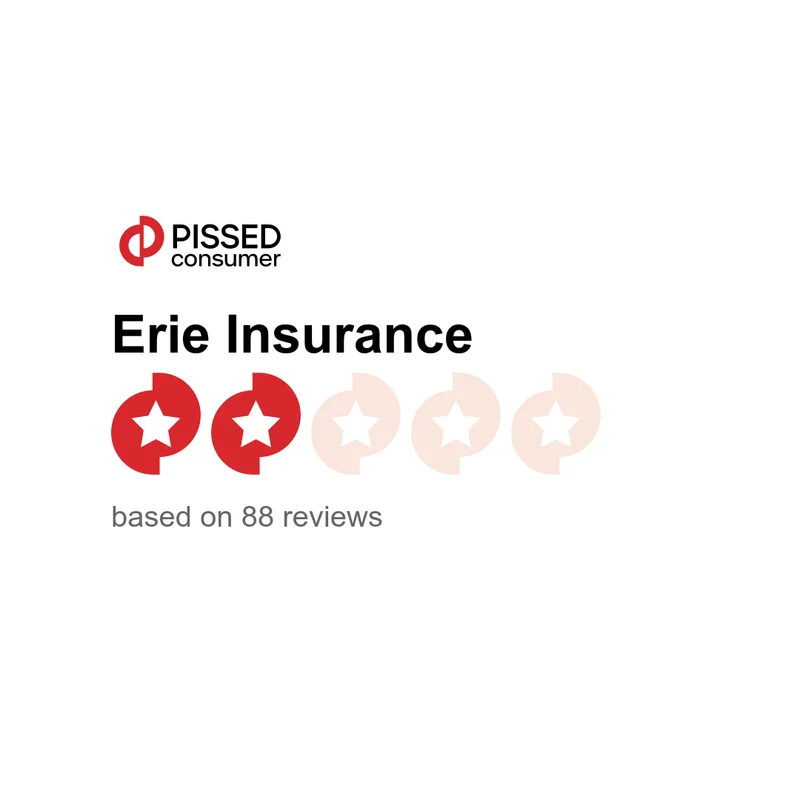It’s easy to let your eyes glaze over when you see a headline about a quarterly earnings report. Numbers, percentages, net income per diluted share—it’s the language of Wall Street, not the language of the future. But I’m going to ask you to look closer. Because sometimes, hidden in the columns of a financial statement from a 100-year-old insurance company, you can find a quiet, powerful signal of a revolution that’s already underway.
Erie Indemnity, a company that manages the insurance for over 7 million policies, just released its third-quarter results (Erie Indemnity Reports Third Quarter 2025 Results). The headlines will tell you that operating income is up 16%. A solid, respectable number. But that’s not the story. The real story, the one that should get every technologist and futurist to sit up and take notice, is buried deep in the expense lines. It’s a story about efficiency, data, and the radical reinvention of one of society’s oldest industries.
When I first saw the report, I almost dismissed it. But then a few details jumped out at me. While revenues from managing policies grew by over 7%, and commissions paid to their human agents also rose, certain key operational costs went down. Administrative costs, sales and advertising expenses—they didn't just grow slower, they actively decreased. This isn't just about penny-pinching. This is the fingerprint of a profound operational intelligence at work. What does that mean in plain English? It means the core engine of the company is getting smarter, faster, and more efficient, even as it gets bigger.
This is the kind of data that reminds me why I got into this field in the first place. It’s a puzzle. How can a massive, established entity simultaneously grow its top line and shrink its internal friction? The answer, I believe, lies in treating the company not as a collection of buildings and people, but as a living data-processing system.
The Signal in the Noise
Let's break this down. An insurance company is, at its core, a machine for understanding and pricing risk. For a century, that machine was powered by actuaries with spreadsheets, agents meeting clients in coffee shops, and underwriters manually reviewing stacks of paper. It was a human-powered system, and it worked. But it was slow, expensive, and prone to the friction of all human systems.
What we’re seeing in Erie’s Q3 report is the quiet hum of a new kind of engine. The report notes that administrative costs fell primarily due to "decreased incentive compensation." On the surface, that sounds like a negative, tied to "lower performance metrics" and stock price fluctuations. But I think that's a misreading of the deeper trend. When you can achieve 16% growth in operating income while simultaneously reducing certain overheads, it suggests that the system itself is becoming the star performer. The machine is being optimized.

Think of it like the evolution of a Formula 1 car. In the early days, winning was all about the driver's raw talent. But today, victory is a synthesis of driver skill and a torrent of real-time data—telemetry from hundreds of sensors analyzing tire degradation, fuel consumption, and aerodynamic performance. The car and the driver have become a single, intelligent unit. Erie Indemnity is becoming that intelligent unit. The growth in commissions shows they still value the human touch—the agent on the ground—but the decrease in other costs points to a back-end powered by sophisticated data analytics, automation, and AI that handles the routine, repetitive tasks with ruthless efficiency.
This is the paradigm shift. It’s not about replacing humans with machines; it’s about augmenting them. It’s about building a system where technology handles the processing, freeing up the human agents to do what they do best: build relationships and provide counsel. The question this report raises isn't just "How did they make more money?" It's "What underlying technological and systemic shifts are making this level of efficiency possible?" And, more importantly, what can other legacy industries learn from this silent transformation?
The Human Algorithm
What does it actually take to manage the risk for 7 million policies, covering everything from a fender-bender in Ohio to a house fire in Pennsylvania? It requires a staggering amount of data processing, a constant flow of information about people, places, and probabilities that has to be analyzed and acted upon in real time. This is a challenge of unbelievable scale, and the fact that a company founded in 1925 is not just surviving but thriving in the digital age is a testament to its ability to evolve.
This evolution is what I call the "Human Algorithm." It's a hybrid model that blends the best of human intuition with the power of machine intelligence. The numbers in this report give us a blueprint of how it works. Management fee revenue is up because the company is successfully writing more policies. Commissions are up because the human agents who build trust with customers are being rewarded for that growth. But the non-commission expenses—the costs of underwriting, processing, and administration—are being tightly controlled or even reduced.
This suggests an incredible balancing act. Erie is investing in its human network while simultaneously investing in the technology that makes that network more powerful. It's like the transition from scribes painstakingly copying manuscripts to the invention of the printing press. The printing press didn't eliminate the need for authors or thinkers; it amplified their reach a millionfold. In the same way, a data-driven back-end doesn't eliminate the need for a good insurance agent; it amplifies their ability to serve their community effectively.
Of course, this power comes with immense responsibility. Wielding this much data about people’s lives—their homes, their cars, their businesses—requires an ethical framework as robust as the technological one. As we build these incredibly efficient systems, we must constantly ask ourselves if we are also building them to be fair, transparent, and humane. How do we ensure the algorithms that are undoubtedly helping to streamline operations don't inherit the biases of their creators or the data they're trained on? That’s the next frontier, the challenge that will define the next chapter for industries like insurance.
This Isn't About Money; It's About Intelligence
When you strip it all away, this financial report isn't really about dollars and cents. It’s a snapshot of an organism learning. It's evidence that one of our most traditional industries is undergoing a quiet but profound technological metamorphosis. The real breakthrough here isn’t a flashy new app or a headline-grabbing AI. It's the methodical, intelligent application of data to make a complex, essential human system work better. That, to me, is more exciting than any product launch, because it signals a future where intelligence is the ultimate infrastructure.

